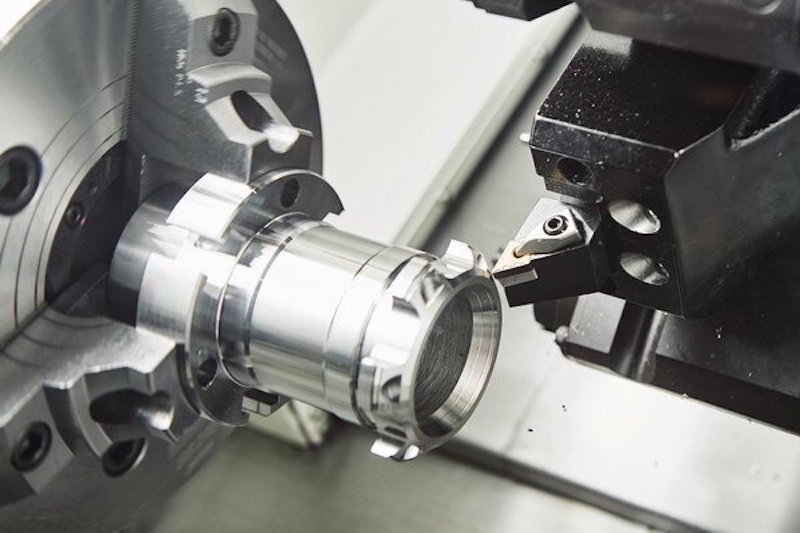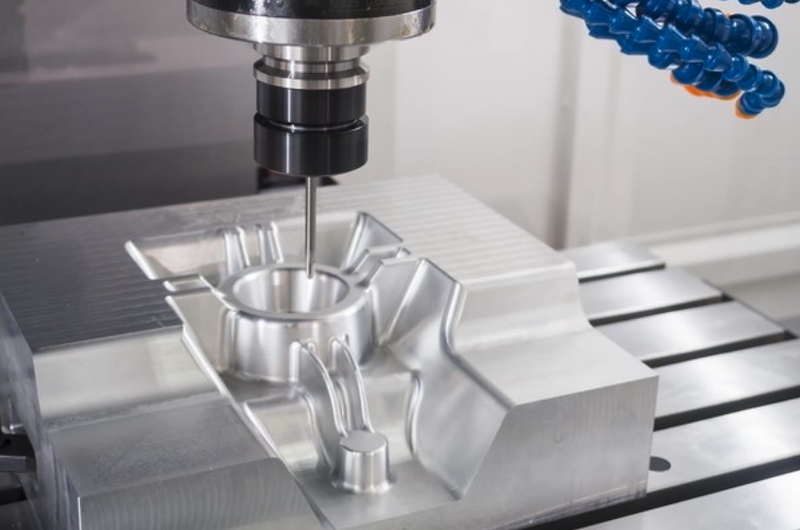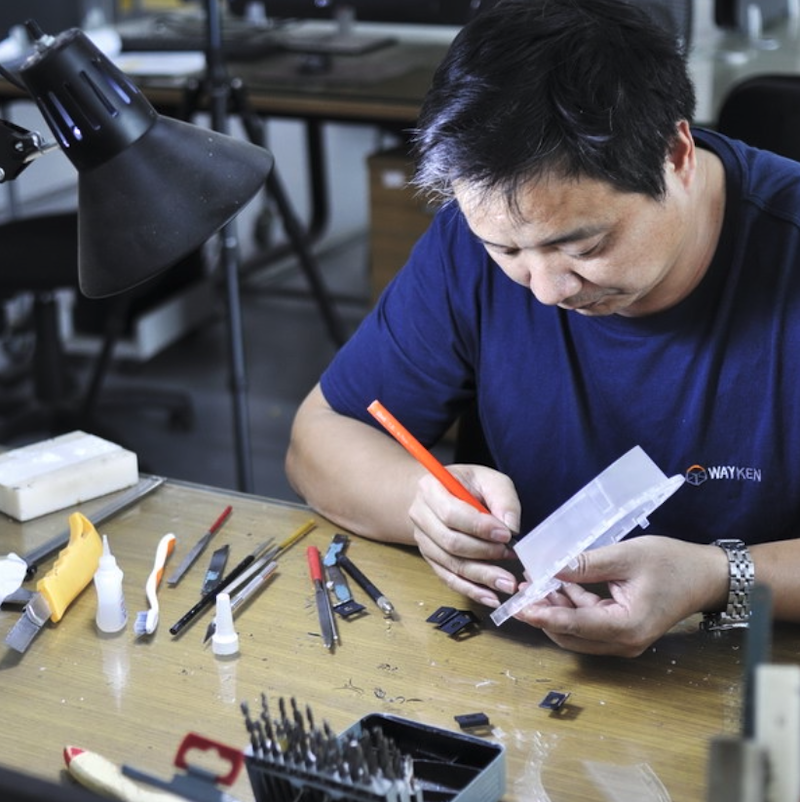Effects of CNC Machining on Surface Roughness in Fused Deposition Modelling Products
Fused deposition modelling (FDM) is a 3D printing technology that uses melted plastic filament to build up objects layer by layer. FDM parts are typically made from thermoplastic materials such as ABS, PLA, or PC.
Once the object is printed, it can be finished using various methods, such as sanding, painting, or machining. CNC machining is one of the most common ways to finish an FDM part.
It involves using computer-controlled cutting tools to remove material from the surface of the object until it reaches the desired shape and size.
The effects of CNC machining on surface roughness in FDM
In Fused Deposition Modeling (FDM), a layer of melted plastic is deposited onto a build plate in a pre-determined pattern.

Once the layer has cooled and solidified, the build plate is lowered and another layer is deposited on top. This process is repeated until the desired item is complete.
One of the challenges with FDM is that the deposition process can cause surface irregularities, known as surface roughness. CNC machining can be used to smooth out these irregularities and improve the surface finish of an FDM part.
In most cases, CNC machining will involve milling or turning operations. The milling process involves using a rotating cutting tool to remove material from the part.
The turning process also uses a rotating cutting tool, but in this case, the part is rotated while the tool remains stationary.
Both of these processes can yield excellent results in terms of surface roughness. In general, CNC machining is an effective method for improving the surface finish of an FDM part.
However, it should be noted that CNC machining can also introduce new surface irregularities if not performed properly.
This is because the toolpaths generated by the CNC machine can create small “valleys” in the surface of the part. These valleys are typically only a few microns deep, but they can be visible to the naked eye.
In some cases, they can also affect the function of the part. For example, if a valve seat has a rough surface, it may not seal properly.
Additionally, the heat generated by the CNC machining process can cause the plastic to warp and distort, further affecting the surface roughness.
As a result, it is important to carefully consider the effects of CNC machining on surface roughness before using this method to produce parts.
In most cases, traditional machining methods will produce a smoother surface finish. Or it is important to work with an experienced machinist to ensure that the desired results are achieved.

How to reduce the effects of CNC machining on surface roughness in FDM
FDM works by heating up filament and extruding it through a nozzle to create layers. This process is repeated until the desired object is created. There are several ways to minimize the effects of CNC machining on surface roughness.
One method is to use a lower cutting speed when machining the object. This will help to prevent the formation of imperfections on the surface.
When performing CNC machining, the speed of the cutting tool has a direct impact on the quality of the finished product.
If the cutting speed is too high, or the cutter is moving too quickly, it can cause the tool to bounce or chatter, create tiny irregularities in the surface of the material.
These irregularities can be amplified when the object is made from a soft material, such as plastic, which will create a rougher surface finish.
By reducing the cutting speed, the effects of these technologies on surface roughness can be minimized. This will result in a smoother finish for the object. In addition, using a lower cutting speed will also help to extend the life of the cutter.
As a result, it is often advisable to use a lower cutting speed when machining an object with a CNC machine.
Another method is to use a higher quality cutting tool that is designed specifically for machining plastics.
When it comes to machining plastics, there are a few different factors that can affect surface roughness. One of the most important is the type of cutting tool that is used.
A high-quality cutting tool that is designed specifically for machining plastics will typically produce a much smoother finish than a general-purpose tool.
In addition, the speed and feed rates should be carefully controlled to avoid gouging or tearing the material. With proper care and attention to detail, it is possible to produce very smooth surfaces with CNC machining, even on relatively soft plastics.
Finally, it is also important to make sure that the object is cooled properly after the machining process is completed. This will help to prevent warping and distortion of the plastic. By following these tips, it is possible to achieve a smooth finish on an FDM part that has been CNC machined.

Tips for improving surface finish with FDM
Although FDM is often used for prototyping and low-volume production, it can also be used to produce final parts with a high surface finish. Here are some tips for improving surface finish with FDM:
One of the most important factors in achieving a high surface finish with FDM is layer thickness. The thinner the layers, the smoother the surface will be. However, thin layers also require more time and effort to print, so it is important to find a balance that meets your needs.
Another factor that affects surface finish is infill percentage. A lower infill percentage will result in a smoother surface, but it will also make the part weaker. Again, it is important to find a balance that meets your needs.
Finally, the type of plastic filament you use can also affect surface finish. Some plastics are more prone to warping than others, which can cause imperfections on the surface of the finished part. Experiment with different filaments to find one that gives you the results you want.
By following these tips, you can produce parts with a high surface finish using fused.
Improve the surface
The study concludes that CNC machining can effectively improve the surface roughness of FDM products. However, further research is needed to optimize the machining parameters and process conditions to achieve the best results.
In addition, it is important to consider the trade-offs between surface roughness and other material properties when choosing a manufacturing method.
With the increasing popularity of additive manufacturing, the need for research on surface roughness in FDM products will continue to grow.

